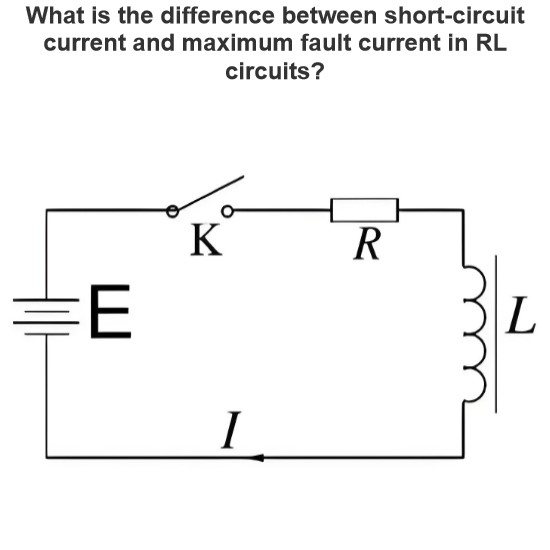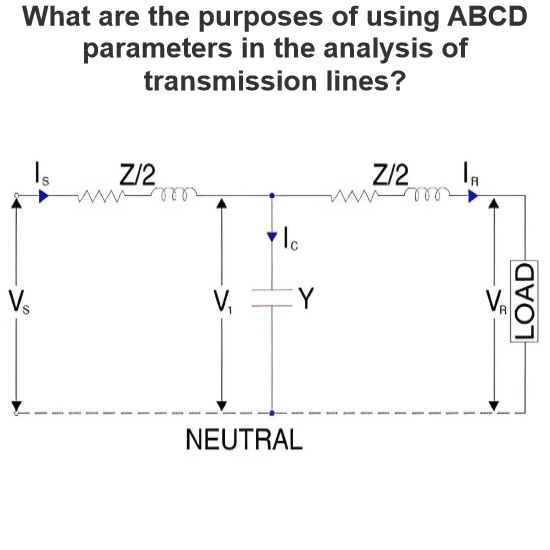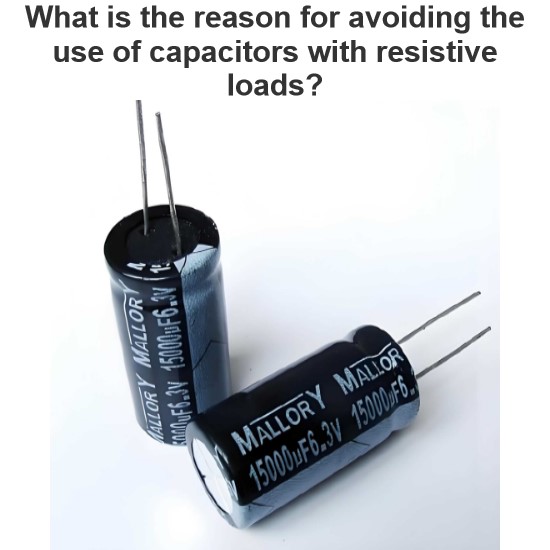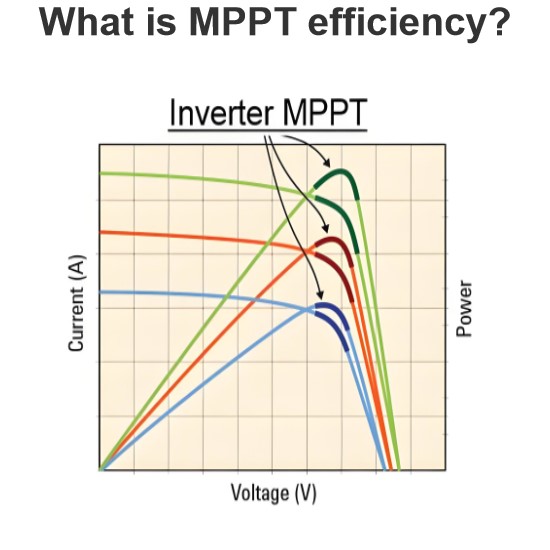What are the most efficient solar panels for use on roadways?
Solar panels used on roads often need to have high efficiency, durability and the ability to adapt to a variety of environmental conditions. At present, there are mainly several types of solar panels with high efficiency on the market:
Single crystalline silicon solar panels
Monocrystalline silicon (Mono-Si) solar panels are considered one of the most efficient types. Data as of 2021 show that the photoelectric conversion efficiency of monocrystalline silicon solar panels can reach 24%, which is the highest photoelectric conversion efficiency of all kinds of solar cells. Monocrystalline silicon cells usually have a high conversion efficiency, but the cost is also relatively high.
Polycrystalline silicon solar panels
Polycrystalline silicon (Poly-Si) solar panels are slightly less efficient than monocrystalline silicon, but the cost is lower and the cost performance is higher. The efficiency of polycrystalline silicon solar panels is usually between 17% and 20%.
Thin film solar panel
Thin Film solar panels include panels based on materials such as cadmium telluride (CdTe) and copper indium gallium selenide (CIGS). Although they are generally less efficient than monocrystalline and polysilicon solar panels, they have the advantage of being lightweight, flexible, and suitable for installation on curved or irregular surfaces. The efficiency of thin-film solar panels is generally between 10% and 15%, but some high-end products can be more efficient.
Specific road application
For road applications, in addition to the efficiency of solar panels, other factors need to be considered, such as:
Durability: Solar panels used on the road need to be able to withstand extreme conditions such as vehicle crushing, weather changes (such as rain, snow, high temperatures, etc.).
Safety: Solar panels installed on roads need to ensure that they do not pose a safety hazard to pedestrians or vehicles.
Integrated design: Solar panels used on roads often need to be closely integrated with pavement materials to form seamless connections, such as the solar panels in the middle of South Korea's highways that not only generate electricity but also prevent roads from freezing.
Maintenance costs: Solar panels used on roads need to be easy to maintain and overhaul to reduce long-term operating costs.
Example
Solar road in Normandy, France: France has laid a solar road in Tourouvre-au-Perche, a village in the Normandy region, using high-efficiency solar panels.
Solar bike path in the Netherlands: As early as 2014, the Netherlands built a solar bike path about 100 meters long, using efficient solar panels.
Australia's Solar Paving project: Australia plans to lay roads with solar panels, aiming to create the world's first "electronic road" that can provide wireless charging for electric vehicles.
Conclusion
For solar panels used on the road, monocrystalline silicon solar panels are usually one of the best options due to their high conversion efficiency. However, the specific choice of which type of solar panel needs to be determined according to the needs of the actual application scenario, including cost, durability, ease of installation and other factors. With the advancement of technology, more new materials and technologies may be applied to solar panels on the road in the future to improve efficiency and reduce costs.
The Electricity Encyclopedia is dedicated to accelerating the dissemination and application of electricity knowledge and adding impetus to the development and innovation of the electricity industry.




